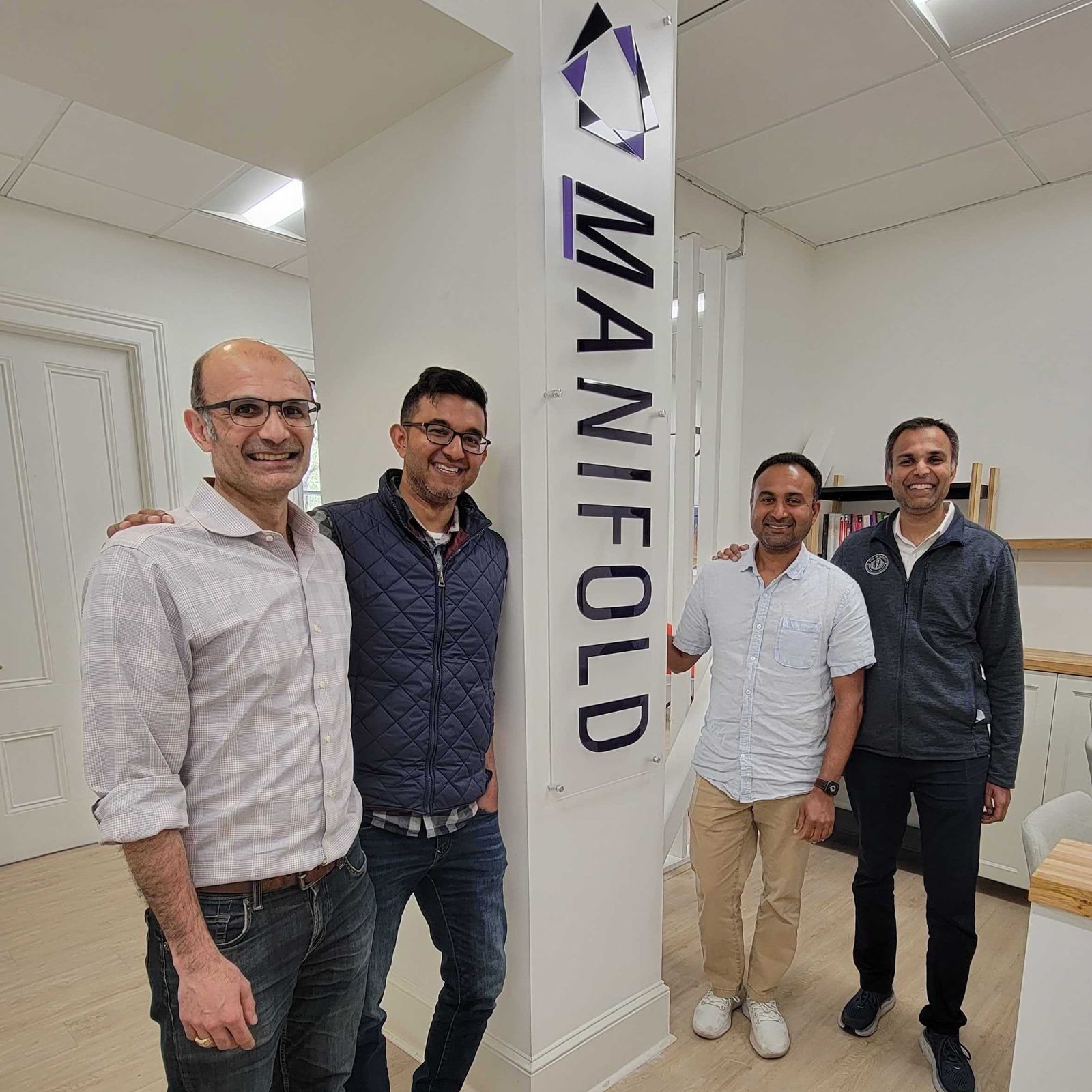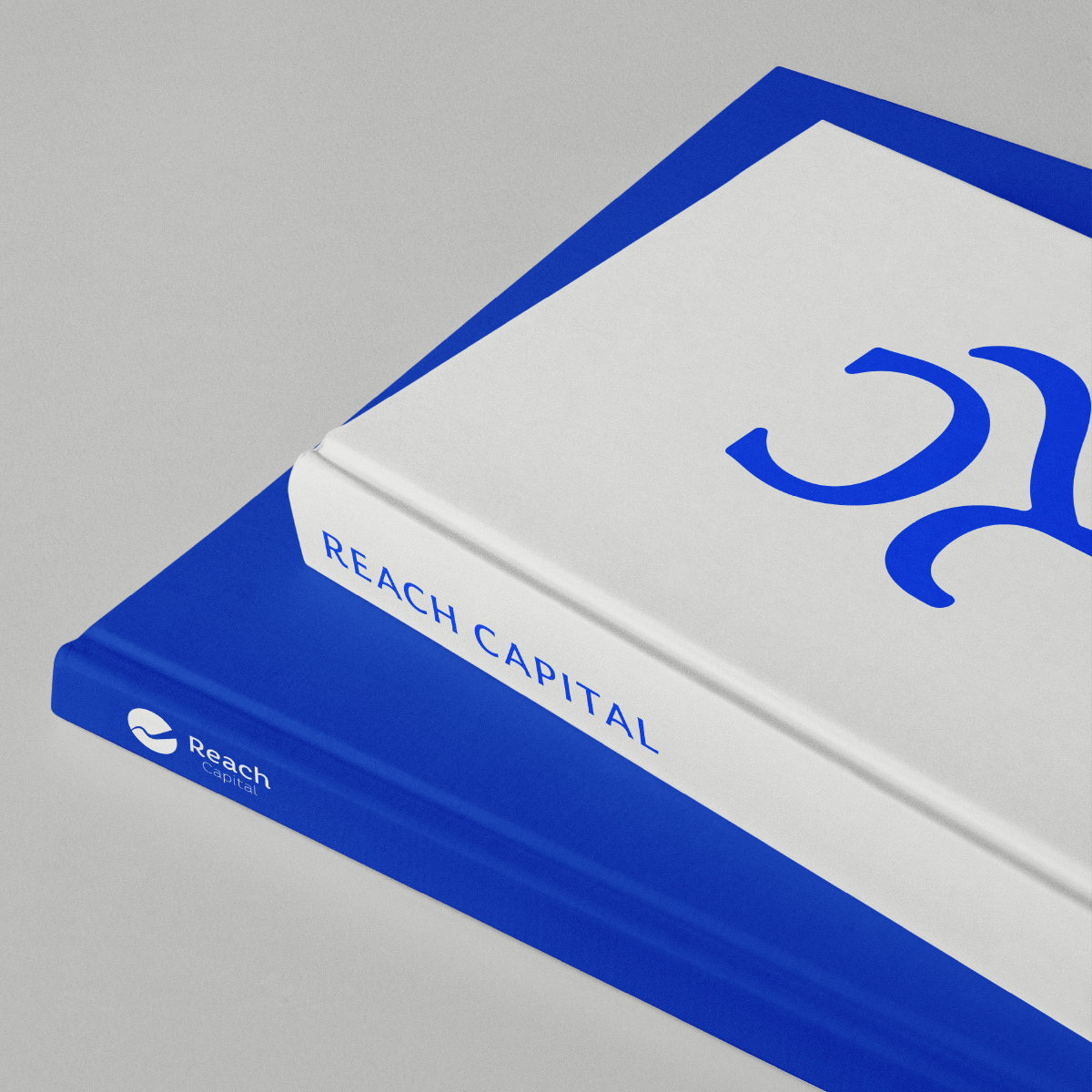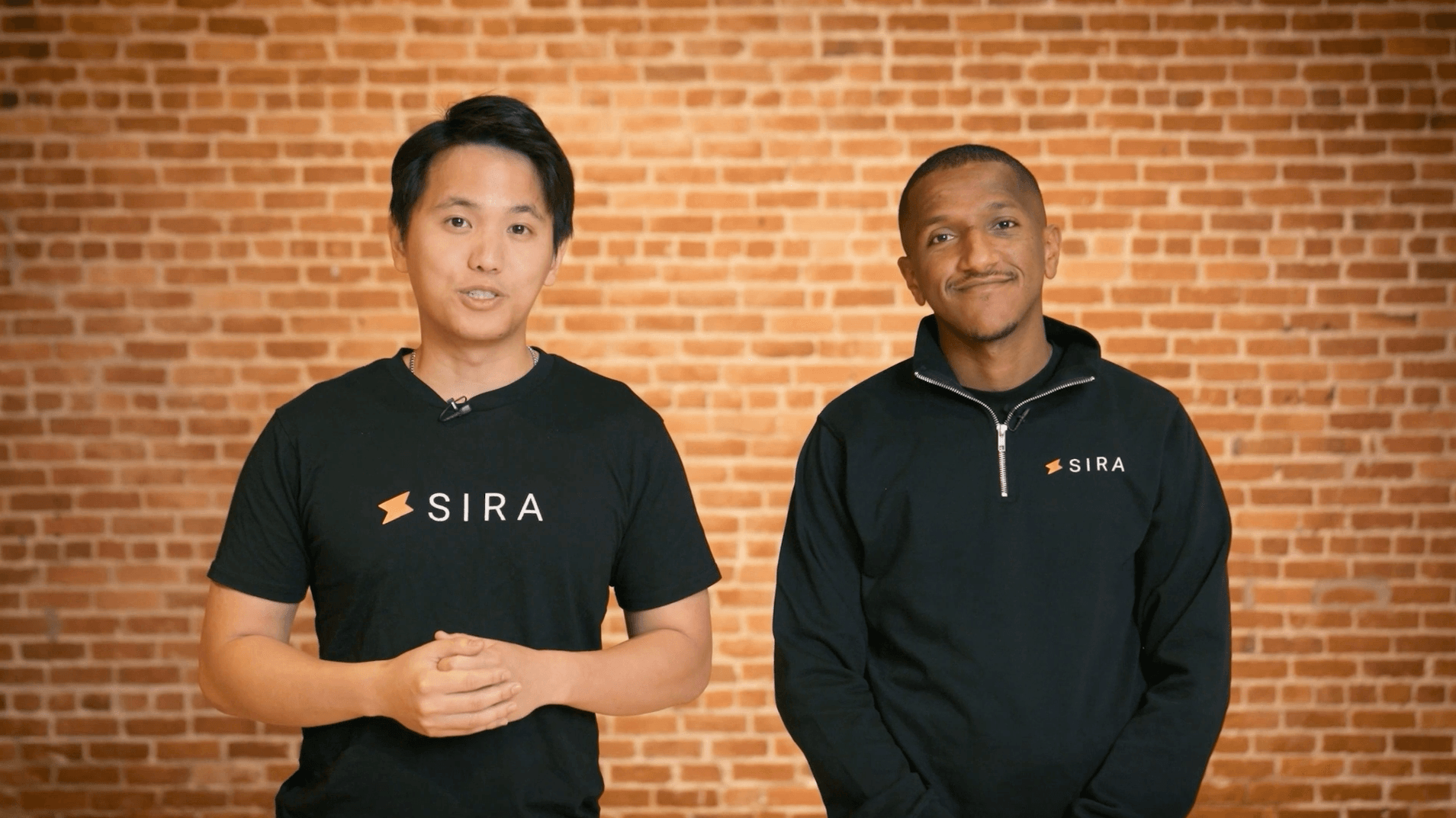Biz Dev Can Be a Time Sink. Here’s How to Be More Effective and Efficient.

Business development can unlock critical partnerships that help startups reach more customers and expand into new markets, technologies and geographies and their growth. For example, distribution deals can help small companies access an established partner’s customer base and sales force; licensing arrangements can bring critical technologies and resources into one’s fold.
And a successful partnership can be a blueprint for creating a repeatable and scalable sales operation.
Yet startups often have the least leverage when it comes to negotiating with bigger companies. And it can cost entrepreneurs their most valuable resource: time.
“Business development has a binary outcome — you either close a deal or not — and you can burn a tremendous amount of time and still end up not with anything at the end.” So notes Ethan Beard, a longtime tech executive who has led business development at the likes of Facebook, Google and Ripple.
Beard recently shared what works — and doesn’t — when it comes to business development during our Reach Capital AMA, a weekly workshop for portfolio founders to get practical tips and insights for scaling their businesses. Below are selected highlights from the conversation, condensed and edited for clarity.
Make sure BD is led by the top — and reaches the top.
When you’re small, the CEO or founder should lead the effort. This ensures that the opportunity meets a high bar, allows for quick decisions and is appropriately prioritized. If you’re relying on staff to run BD, remember that they will have a strong orientation around getting a deal (any deal) closed, so the CEO should stay closely involved.
You want to go in as high up as you can within the company you’re looking to partner with. It makes a tremendous amount of difference because you can get a quicker answer, and also because the higher you have support for the deal, the better the likelihood that it will get done. Leverage your networks to find someone who knows someone at the highest level, and make it very easy for them to pass along a well-written email. Be very specific and make it easy for people to understand what you want.
You also want to know as fast as possible if a deal is not going to happen, so the more specific you are, the quicker someone can let you know that something isn’t going to work. While that may not be the answer you want, it lets you move on without getting stuck in a state of ambiguity.
You should also remember that many companies have business development teams that are paid just to look at deals, so you can end up in a situation where you’re talking to business development people and their job is to talk and not necessarily to close. It’s very easy to end up in the time-suck where you’re taking endless meetings. No BD person got fired for not doing a deal (just as no venture capitalists got fired for not doing a deal).
Use the term sheet as the anchor for negotiating.
Moving to a term sheet is a good sign of making progress on a deal; however, be aware that if you’re the only side drafting new terms, the partner may not be fully engaged. Use the term sheet as a tool for effective negotiations on both sides.
My experience has been that it’s best to negotiate the entire term sheet as a whole and go through every point so that you have the opportunity to give and take simultaneously. Otherwise, it’s easy to end up in a situation where you give on a material point, only to have that give be forgotten in the next set of conversations. By negotiating the entire sheet at once, you can make tradeoffs in terms of giving something and getting something back in return.
What to say (or not!)
My top piece of advice for negotiating: don’t talk too much. The more you speak, the more you may end up negotiating against yourself.
Stay silent after a big ask. Humans strongly dislike silence in a conversation as it feels awkward and uncomfortable. One of the best tactics I’ve used in negotiation is asking for something big and then staying silent. Our instinct is often to fill the silence with a bunch of caveats, like “I’m sorry, I know this is hard,” which serves to give the other person reasons to push back. The best thing is to just ask for it, remain quiet and force the other person to respond. This awkward pause can be very powerful.
Be careful about saying ‘yes’. “Yes” is a powerful word because of its clarity; however, you want to be conscious of when you bring that clarity to a negotiation. During a negotiation, if you’re asked for something that feels easy and obvious to give, don’t say “yes” immediately as it may be helpful to ask for something in return. On the other hand, be careful about giving a confirmation or saying “yes” when you are simply intending to indicate that you heard the question or issue. People hear what they want to hear, and your “yes I hear you” may be heard as “yes that’s fine.”
No easy gives. Much of a negotiation is a series of gives and takes. While the ultimate goal of a partnership is to make something greater than the sum of the parts, ultimately there are only two parties figuring out how to split that larger pie. The best negotiators understand their counterpart’s priorities and alternatives and use this to extract as much as they reasonably can. To this extent, be cautious about signalling your expectations or priorities through your responses. When presented an offer, always signal distaste even if it’s above your expectations. When you give something, always make it a bigger deal than it is. Be careful about being too dramatic or making everything a huge deal, but also be conscious of the signals you are sending.
Always tell the truth. Not only in life, but especially when negotiating: if you don’t tell the truth, it will always come back to bite you.
Don’t get too invested. At any point, you can walk away. Probably more important to remember is that the other party can too. It’s important that you don’t get too invested in deals because they die all the time — sometimes right at the final hour.
After signing the deal, make sure you follow through (which is not necessarily the BD person’s job).
From an execution standpoint, business development people generally don’t make for good account managers. If you want a deal to be successful, hand it off to someone or some group that is set up to actually execute against what could be a multi-year relationship.
The signing is just really at the beginning. Make sure you have a team in place that’s going to run with the deal afterwards, and formalize regular check-ins both at the regular level and at the senior level to make sure that everything is in the right place. That’s how you continue to build that high-level relationship.
A partner can also be a future potential competitor — or acquirer.
There are cases where partners become competitors and it goes south over time. One point to think about: If this company is going to get into your line of business anyway, is there any harm in being a partner with them? The only harm would be if you’re enabling them to get into that business in some manner or another.
There’s also a good argument to be made to keep your enemies closer — to understand and get data and have that relationship as they’re going into your business. It could be a good thing. There are also definitely possibilities of being acquired by a company that you partner with because they’re like “Well, we know you, and it works.” Sometimes it’s easier (and cheaper) than building it themselves.







